In traditional Shinto-style Japanese weddings, there is a moment of quiet gravity and elegance: the San-san-kudo ceremony. The phrase translates to “three-three-nine times,” and it refers to a ritual in which the bride and groom take turns sipping sake from three different-sized lacquered cups—three sips from each, for a total of nine.
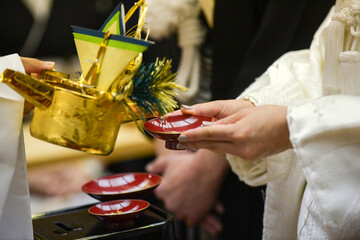
A Ritual of Unity and Purity
San-san-kudo is more than a formal gesture. It symbolizes the union of two individuals and their families, built on trust, respect, and shared destiny. Each sip is intentional, performed in silence, and with reverence. The number nine is considered auspicious in Japanese culture, and the repetition reflects eternity and harmony.

The Role of the White Kimono
The bride typically wears a white kimono known as shiromuku, a symbol of purity and her willingness to accept the colors of her new family. Set against the calm backdrop of a shrine, and accompanied by the soft clinking of the red lacquered cups, the image of a bride in white taking part in this ritual is as timeless as it is moving.

Sake as a Spiritual Connector
Sake, in this context, is not simply a drink. It is a medium for communion—not only between bride and groom but also with the gods. The sharing of sake in San-san-kudo binds the couple spiritually and ritually in front of divine witnesses.
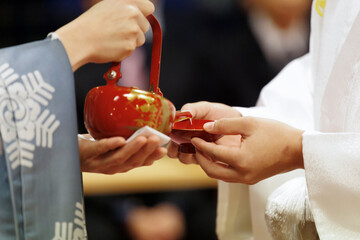
A Poetic Moment
For international readers, San-san-kudo offers a window into the Japanese view of marriage—not as a contract, but as a sacred joining of souls. Minimal, deliberate, and spiritual, it stands in beautiful contrast to more festive or performative wedding customs elsewhere.


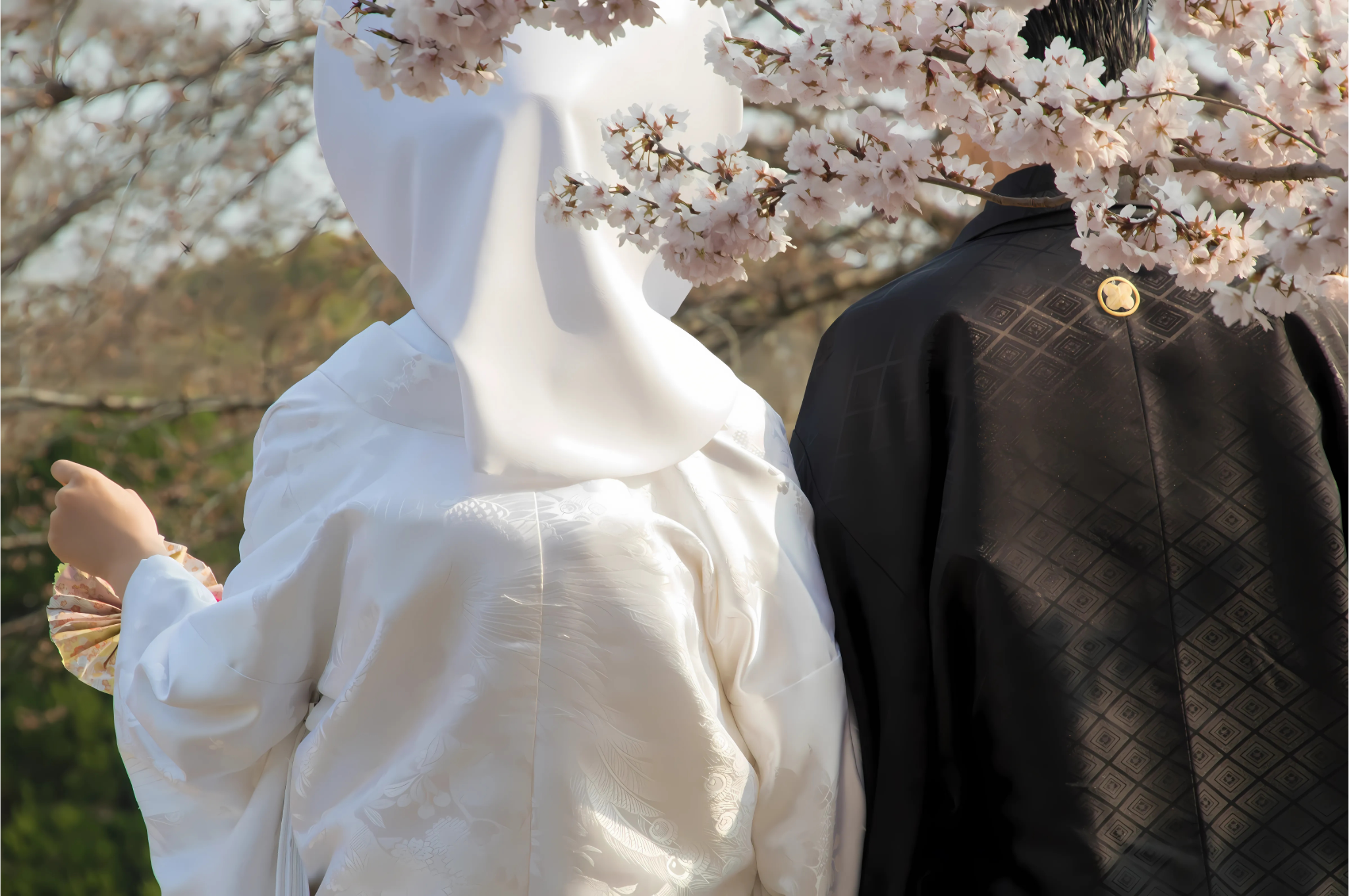
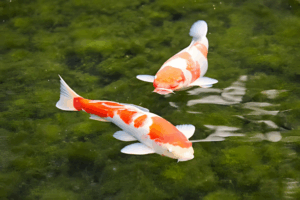

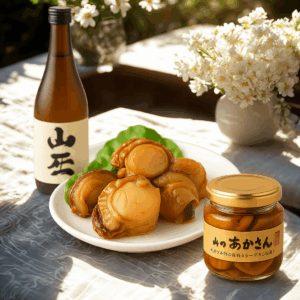
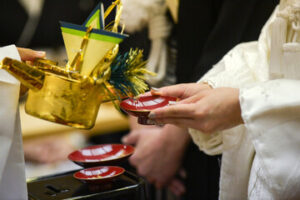




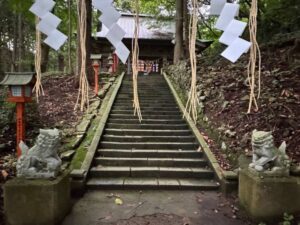



コメント